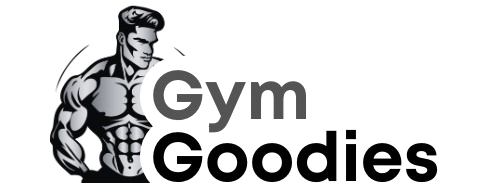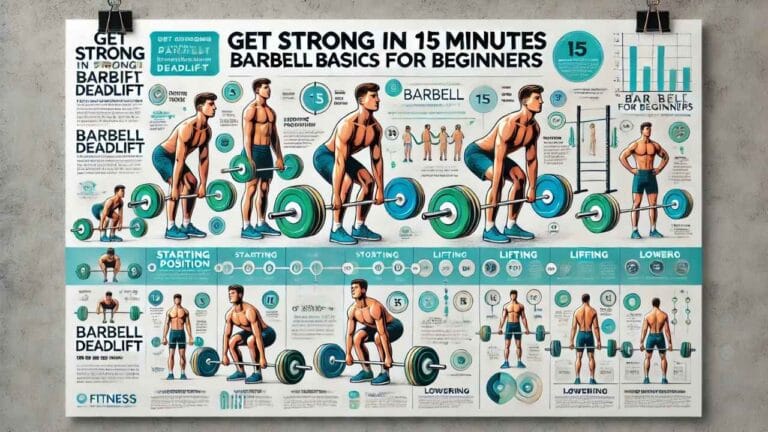The Side Effects of Daily Weight Training (And How to Do It Right)

Ever finish a week of weight training only to feel more exhausted, sore, or even injured than stronger? You’re not alone. Many people dive into daily lifting with enthusiasm, only to hit frustrating roadblocks, persistent joint pain, stalled progress, or even unexpected weight gain.
Daily weight training can lead to significant strength gains and improved fitness, but without proper planning and recovery, it may also result in overtraining, injuries, and burnout.(ENMUIFITNESS)
In today’s fitness-driven culture, many enthusiasts are drawn to the idea of daily weightlifting to accelerate muscle growth and achieve their goals faster. While consistency is key in any fitness regimen, it’s crucial to understand that more isn’t always better. Engaging in weight training every day without adequate rest and proper technique can have unintended consequences on your body and overall health.
This comprehensive guide delves into the potential side effects of daily weight training and offers evidence-based strategies to optimize your workouts. By understanding the balance between training intensity, recovery, and nutrition, you can harness the benefits of weightlifting while minimizing risks.
Here’s the truth most beginners miss: Weight training is powerful, but doing it daily without the right approach can backfire. The good news? With a few smart tweaks, you can avoid the pitfalls and unlock real strength gains. Let’s break it down.
Related: Is Workout Fatigue Hitting You Harder? Here’s Why
“Why Am I Always Sore?” Here’s What’s Really Happening
Daily weight training without recovery leads to muscle breakdown, not growth.
Many assume soreness equals progress, but chronic fatigue is your body’s red flag. A 2023 Sports Medicine study found that muscles need 48–72 hours to repair after resistance training. Without rest, you risk overtraining syndrome, a condition linked to fatigue, weakened immunity, and even muscle loss.
Client Case: Abby, a busy mom, thought pushing through daily workouts would get her faster results. Instead, she plateaued and battled constant aches. After switching to a 4-day split with active recovery days, her strength skyrocketed.
Key Takeaway: Strength isn’t built in the gym, it’s built during recovery.
The Hidden Factor Everyone Overlooks: Central Nervous System Fatigue
Your muscles might be ready, but your nervous system could be fried.
Lifting heavy daily doesn’t just strain muscles, it taxes your CNS (central nervous system), which coordinates movement. A 2024 Journal of Strength and Conditioning Research study showed that excessive training without deload weeks reduces motor unit recruitment, making lifts feel harder.
Actionable Test: Try a simple grip test, squeeze a tennis ball as hard as possible for 10 seconds. If your hand trembles or weakens quickly, CNS fatigue may be at play.
Fix: Cycle intensity, alternate heavy, moderate, and light weeks.
“More Protein = More Muscle” Debunked: Why Overeating Backfires
Excess protein won’t turn into muscle, it can stall fat loss.
While protein is crucial, a 2025 meta-analysis in Nutrition Reviews confirmed that consuming more than 2.2g/kg of body weight daily offers no extra muscle benefits. Excess calories (even from protein) get stored as fat.
Visual Cue: Think of protein like bricks for a house. You need enough to build, but dumping extra bricks on the lawn doesn’t help.
Smart Fix: Aim for 1.6–2.2g/kg of protein daily, spaced evenly (e.g., 30–40g per meal).
Step-by-Step Fix: Stronger, Injury-Free Lifts in 4 Weeks
Follow this phased plan to train smarter, not harder.
Phase 1: Assess & Prep (Week 1)
- Test mobility: Can you deep squat without knee cave? If not, add hip mobility drills.
- Start with compound lifts: Deadlifts, squats, and presses (3x/week).
Phase 2: Modify & Strengthen (Weeks 2–3)
- If joints ache: Swap barbells for dumbbells to reduce strain.
- Add tempo work: Slow eccentrics (3-sec lowers) build control.
Phase 3: Progress Safely (Week 4+)
- Increase weight by 5% only if form stays perfect.
- Deload every 4th week: Cut volume by 50% to recharge.
Final Thoughts: Train for Longevity, Not Burnout
Daily weight training can offer significant benefits when approached with a balanced and informed strategy.
By understanding the potential risks and implementing structured training plans, prioritizing recovery, and supporting your body with proper nutrition and rest, you can safely incorporate weight training into your daily routine. Remember, listening to your body and allowing time for recovery are just as important as the workouts themselves. Striking this balance will not only enhance your physical performance but also contribute to long-term health and well-being.
Weight training is a marathon, not a sprint. By prioritizing recovery, respecting your CNS, and eating strategically, you’ll see sustainable gains, without the side effects.
***Professional Guidance: As a starting point, engaging the services of a licensed personal trainer or strength and conditioning coach can help you come up with an appropriate training program that is safe to follow and meets the expectations of your goals.***
Disclaimer:
It should be remembered that the information available at gymgoodies.net is constantly evolving and is up-to-date and authentic information on fitness, exercises, and health.
I am a veteran bodybuilder, considering I have been active in the industry for quite some time. I ensure that the content shared reflects the lessons I have learned in my years of training and working or all the exposure I have had.
That said, it must be understood that the information available on this portal is obtained through communication channels and is primarily for education and information. Some factors and changes occur, and the issues discussed in this website address such things.
Every piece of advice regarding fitness or health should be taken with caution.
You might need the assistance of fitness professionals, nutritionists, or doctors regarding your workout routine, diet, or fitness activity. Their advice should be personalized PPC, the guide you integrate into your routine, taking into account your specifications and requirements regarding your health and fitness.
This is key, considering our concern is your health and safety. Make sure you only use the data on the site to empower expert advice and nothing more.



